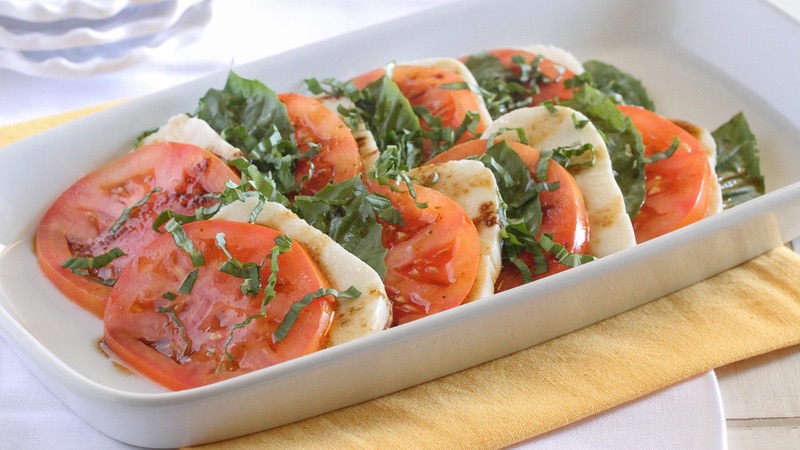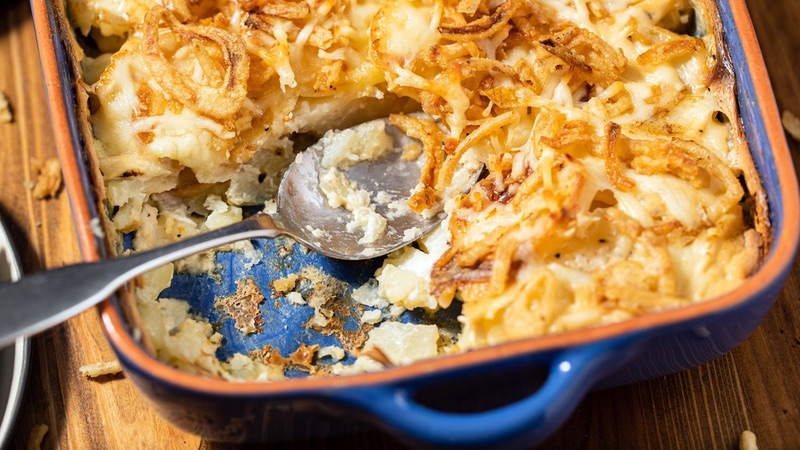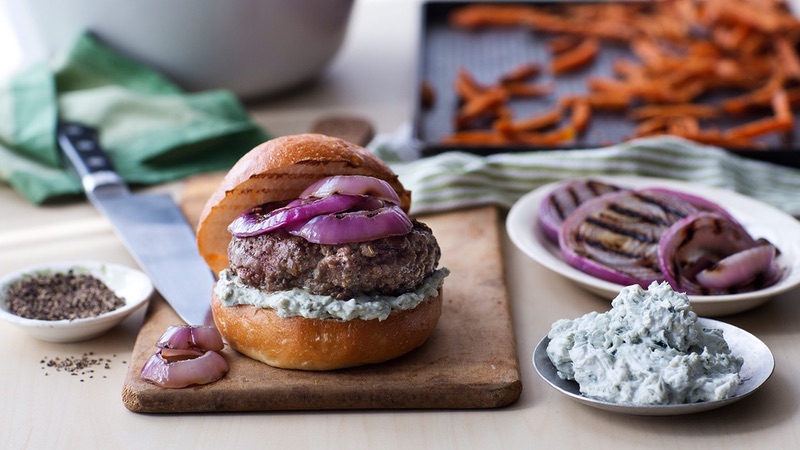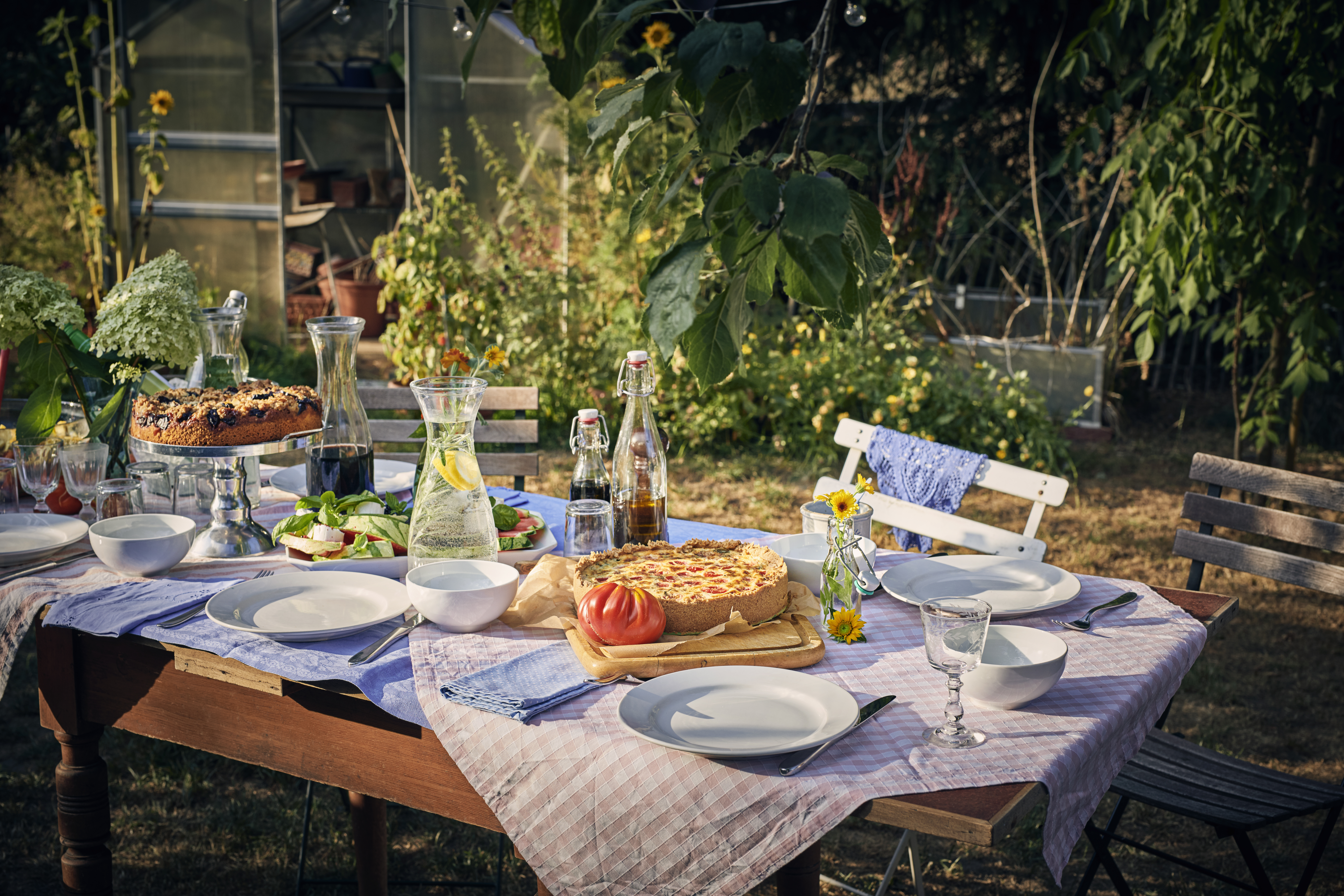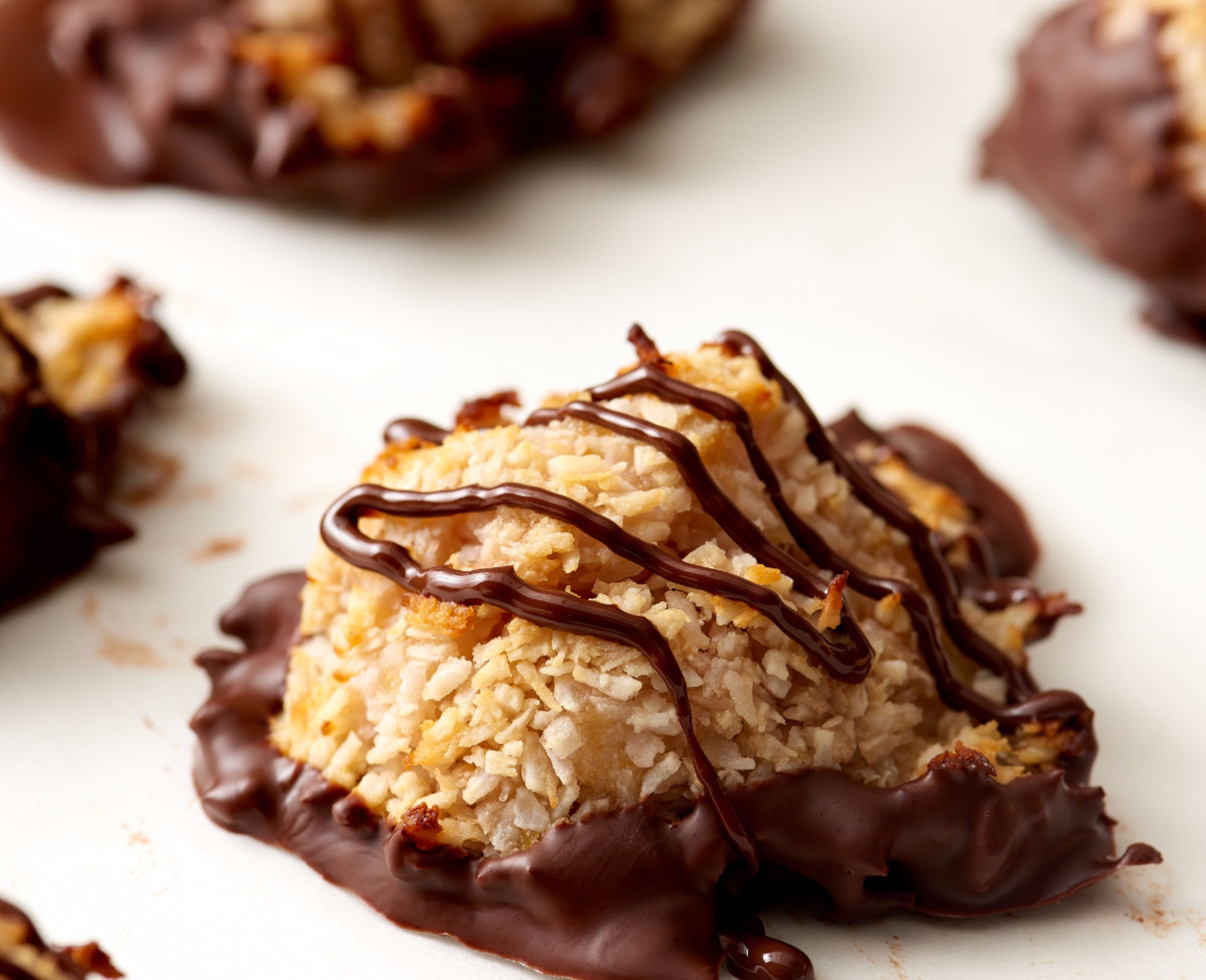You only need to have casually strolled past the dairy section in your local supermarket to know that there are so many different types of cheese. Yet, even with so much variety, the cheese making process is relatively straight-forward: add a coagulant to cooked milk to form curds, drain the whey, mold it into a block, and let the cheese age – anywhere from a few hours to a few years!
Ultimately, though, you don't necessarily need to know your abondance (made from raw milk, in France) from your zamarano (sheep’s milk, Spain), to have a solid understanding of the primary types of cheese. Here’s how it all breaks down.
Fresh Cheeses
Lacking a rind, these very young, high-moisture cheeses are scarcely a few days old. Think ricotta, feta, mozzarella, goat and cream cheese.
Ideal Uses: Folding into dips, using as spreads or dolloping on top of salads.
Perfect Wine Pairings: Dry or off-dry white or fruity, unoaked reds. Sauvignon Blanc, Riesling, Rose, Gamay.
Try These Recipes: Keto-Inspired Crackers, Chicken Parmesan
Semi-Soft Cheeses
Due to only a few months of aging, these mild cheeses are moist, flexible and creamy. Types of soft cheese include muenster, havarti and provolone.
Ideal Uses: Good for snacking (especially if you’re not into varieties that are sharp, aggressively flavored or pungent), and ideal melters for grilled cheese.
Perfect Wine Pairings: Oaky whites, rustic reds. Chardonnay, Chianti, Cotes de Rhône.
Try These Recipes: Herbed Shrimp Antipasto, Curried Mushroom and Spinach Quesadillas
Semi-Hard Cheeses
Both the length of the aging process and the type of starter culture introduced determine the characteristics of semi-hard cheeses. The ever-popular cheddar is part of the list (again, the texture and sharpness has to do with the degree of aging), as is swiss, which gets its distinctive holes from bubbles of carbon dioxide gas.
Ideal Uses: Melting, snacking, making casseroles and dips.
Perfect Wine Pairings: Medium-bodied whites, fruity reds, aperitifs. Chardonnay, Merlot, Sherry.
Try These Recipes: Hot Beer Cheese Dip, Quiche Lorraine
Hard Cheeses
These cheeses are generally aged the longest and contain the least moisture, making them firm, salty and rich. Hard cheese types include parmesan, pecorino, manchego and asiago.
Ideal Uses: They’re great for grating, and the rinds can be used as an umami-packed addition to stocks.
Perfect Wine Pairings: Prosecco, aged whites or reds. White Burgundy or Bordeaux, Barolo, Madeira.
Try These Recipes: Cayenne Cherry Spoonbread, Italian-Style Green Bean Casserole
Washed-Rind
If you’re a fan of stinky cheeses, this is the group for you. As the name indicates, the outside of the cheese is washed down with salt water, wine, liquor or beer for months, creating an edible (and powerfully pungent) rind around a soft or semi-soft interior. Some of the most infamous stinkers include limburger, taleggio, gruyere and raclette.
Ideal Uses: On a cheese board with dark bread and cured meat, melted in fondue.
Perfect Wine Pairings: Sparkling wine, dry whites or Belgian-style ales. Pinot Gris, Chenin Blanc.
Try These Recipes: Smoked Pepper Mac and Cheese, Potatoes au Gratin
Bloomy-Rind Cheeses
This is where you’ll find buttery brie and creamy camembert, which are treated with mold spores to form a faintly fuzzy, edible rind on the outside.
Ideal Uses: On sandwiches, as appetizers/canapes.
Perfect Wine Pairings: Sparkling wine, or dry and light bodied whites and reds. Chablis, Sancerre, Cabernet Franc.
Try These Recipes: Baked Brie Bowl, Grilled Monte Cristo
Blue Cheeses
Strong, salty and nutty, assertively flavored blue cheeses are internally inoculated with mold and exposed to air, leading to their spidery, characteristic blue streaks. Look for roquefort, stilton and gorgonzola.
Ideal Uses: Crumble on top of salads, or pair with protein, like burgers, steaks and chicken wings.
Perfect Wine Pairings: Sweet and bold aperitifs, wine or beer. Port, Sherry, Sauternes or Stout.
Try These Recipes: Beer Marinated Flank Steak with Blue Cheese Chimichurri, Apple Harvest Salad
Can’t get enough of all the different types of cheeses available? Try a new twist on a classic and experiment with these grilled cheese recipes!



